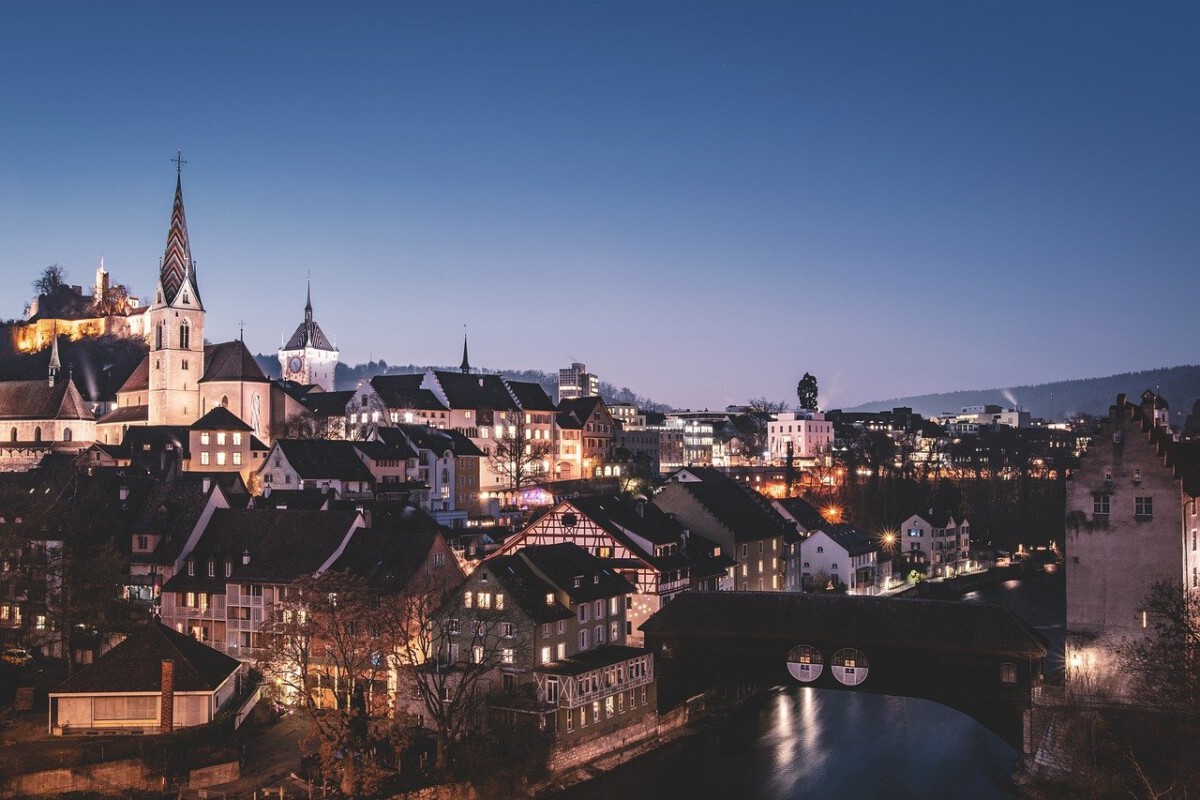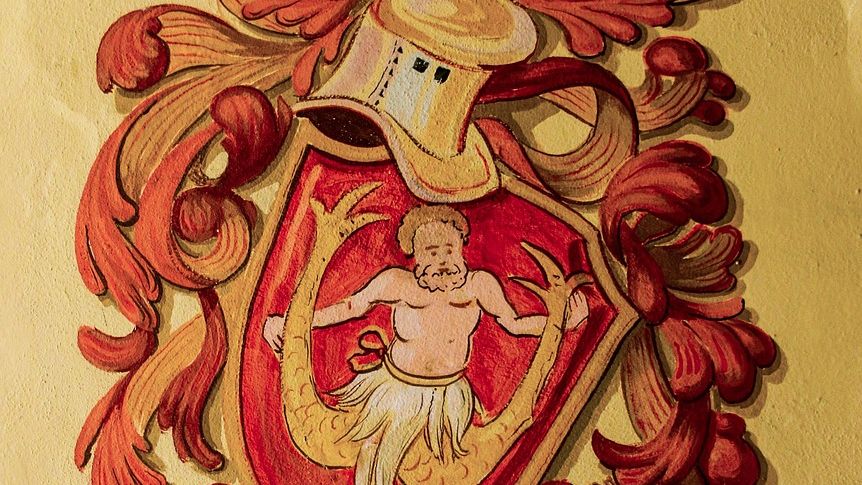1. Historical Background of Varosha
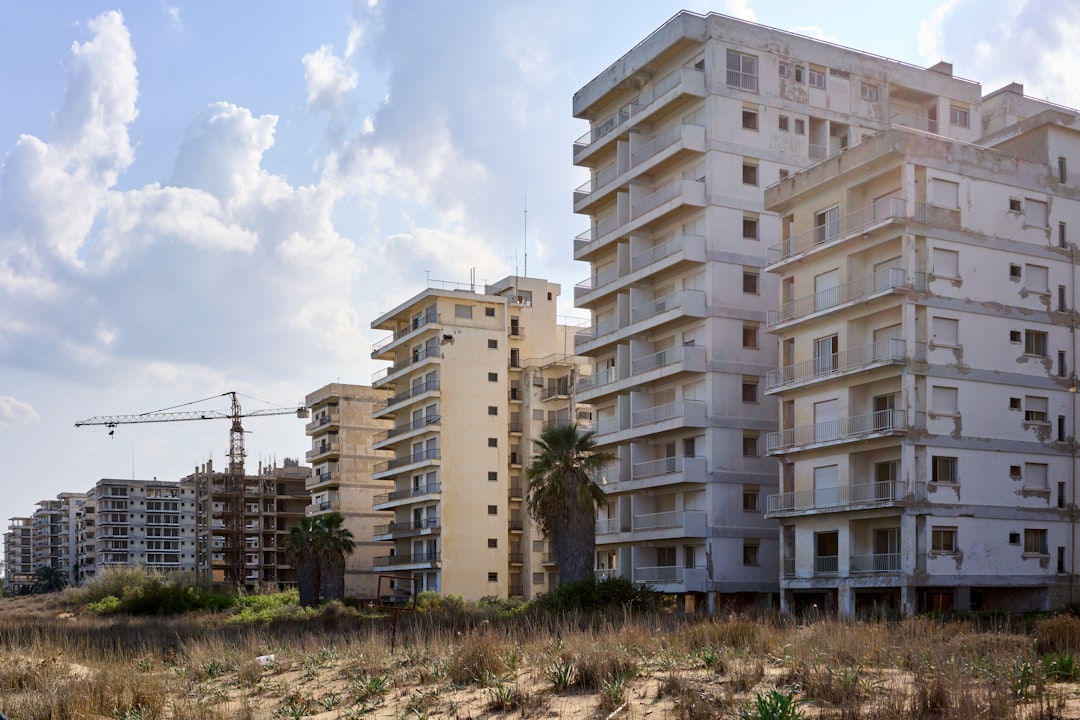
Varosha was once the shining jewel of Cyprus, drawing visitors from across Europe to its golden beaches and lively streets. In the early 1970s, over 1 million tourists flocked here each year, making it one of the Mediterranean’s most famous resort hubs. The area, home to 39,000 residents, boasted modern hotels, chic boutiques, and bustling cafes that gave the city a cosmopolitan flair. Everything changed in July 1974, when a Turkish military intervention led to the sudden evacuation of Varosha’s entire population. The United Nations quickly declared the area a closed-off military zone, sealing it off from the outside world almost overnight. For over four decades, this once-vibrant district sat frozen, its buildings untouched and lives interrupted in mid-stride. In 2020, Turkish Cypriot authorities announced partial reopening plans, stirring up international concern and reigniting disputes between divided communities. As of 2025, Varosha stands as a haunting symbol of a paradise lost, its silence echoing the unresolved history of Cyprus.
2. The Architecture of Varosha
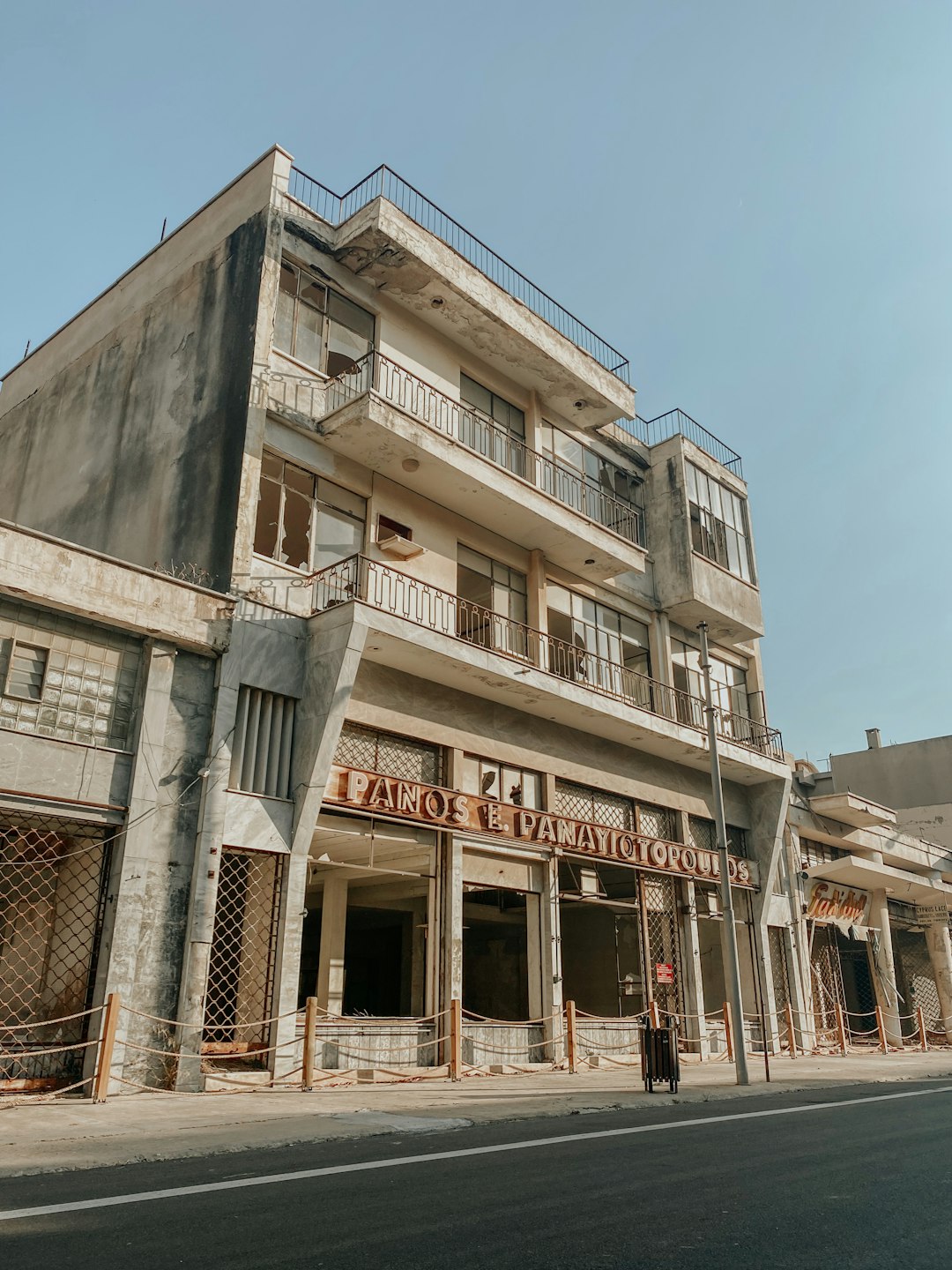
Walking through Varosha today is like stepping into a time capsule from the early 1970s, where modernist and Mediterranean styles collide. The skyline is dotted with high-rise hotels, their facades now faded and windows shattered by years of neglect. Some of the city’s landmarks, like the Golden Sands Hotel, still stand tall, though nature has begun to claim their once-glamorous lobbies. The architecture tells a story of ambition and prosperity, with bold geometric designs and sweeping balconies meant to impress international guests. Decorative tiles, now cracked and overgrown, line the entrances of what were once the island’s most exclusive nightclubs. Preservationists have called for the restoration of select buildings to honor Varosha’s unique cultural heritage, but political obstacles make progress difficult. The ghostly, empty streets have become a draw for urban explorers and photographers, eager to document the eerie beauty of decay. Each crumbling structure is a silent reminder of the lives and dreams abruptly put on hold.
3. The Impact of the 1974 Invasion

The events of 1974 marked a turning point for Varosha and for all of Cyprus, changing the trajectory of thousands of lives. In a matter of days, Greek Cypriot residents fled south, leaving behind homes, businesses, and cherished memories. The loss was immense: families separated, livelihoods destroyed, and a thriving community reduced to ruins. Property rights became a major source of dispute, with former residents unable to return or reclaim what was once theirs. The trauma of displacement lingers, with stories of lost childhoods and interrupted futures woven into every conversation about Varosha. The invasion also led to the physical division of the island, with Varosha caught in the buffer zone between the two communities. Decades later, the pain of these events still shapes political negotiations and personal identities alike. Varosha stands as a stark testament to the lasting scars of conflict.
4. Current Status of Varosha
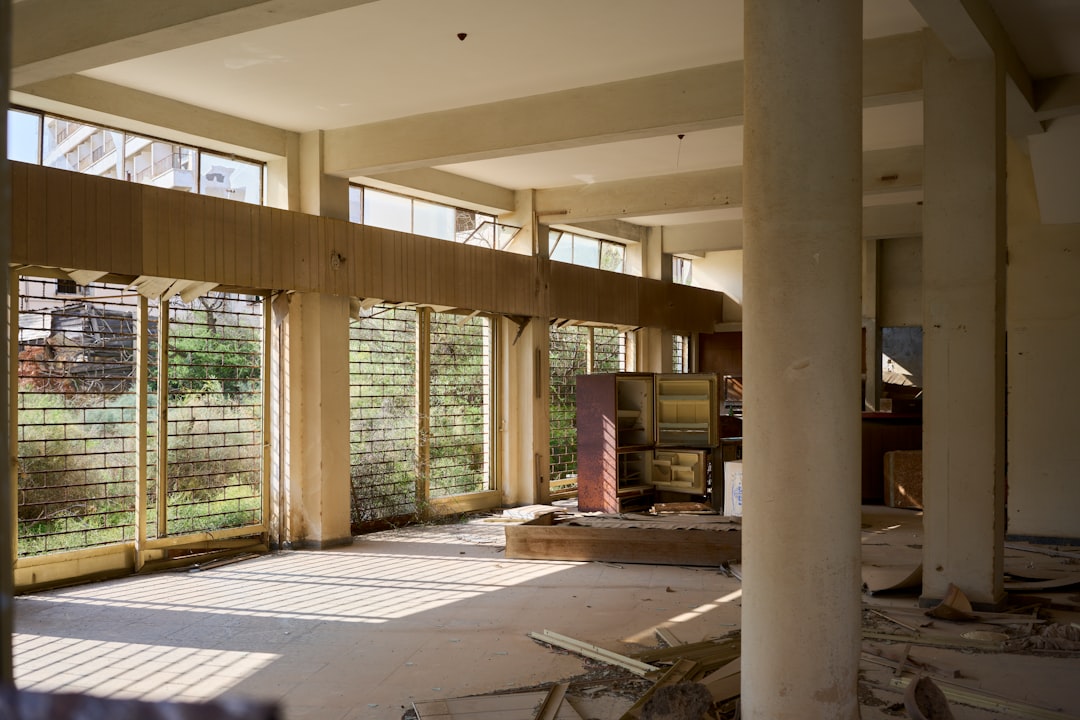
In 2025, Varosha remains largely deserted, with only a few streets open for controlled visits. The 2020 reopening by Turkish Cypriot officials sparked outrage among Greek Cypriots and drew criticism from the European Union and United Nations. Only a small segment of the town—about 3.5% of its total area—has been made accessible, and visitors are closely monitored by authorities. Most buildings stand empty and dangerous, fenced off to prevent accidents and looting. The reopening has done little to change the town’s ghostly atmosphere, with silence and decay dominating the scene. International organizations continue to call for a mutually agreed solution before any further development or resettlement. Tourists arrive mostly out of curiosity, snapping photos of the haunting scenery but leaving with more questions than answers. The fate of Varosha remains one of the most emotional and controversial issues on the island.
5. The Ecological Impact of Abandonment
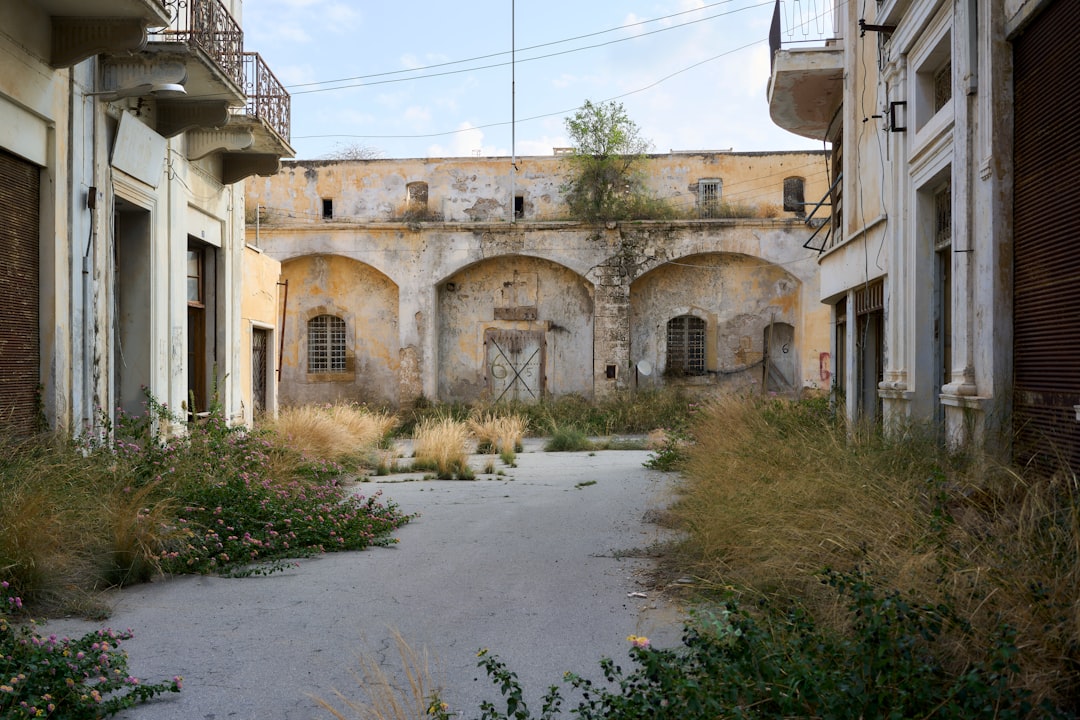
With people gone, nature has taken over Varosha in surprising ways, transforming city blocks into wild, green corridors. Trees and shrubs burst through the concrete, while vines climb the walls of luxury hotels and former beach bars. This accidental rewilding has created new habitats for birds, lizards, and small mammals that now flourish in the absence of human activity. Ornithologists have observed an uptick in migratory bird species nesting in abandoned gardens and roof spaces. Environmentalists argue that this “urban jungle” offers a rare chance to study how quickly wildlife can reclaim a city when people disappear. However, the unchecked growth also causes new problems, such as weakened buildings and the spread of invasive plant species. Experts debate whether to allow this natural renaissance to continue or to intervene in the name of safety and historical preservation. The ecological changes in Varosha are a living reminder of nature’s power to heal—and to reclaim what was once lost.
6. Cultural Significance of Varosha
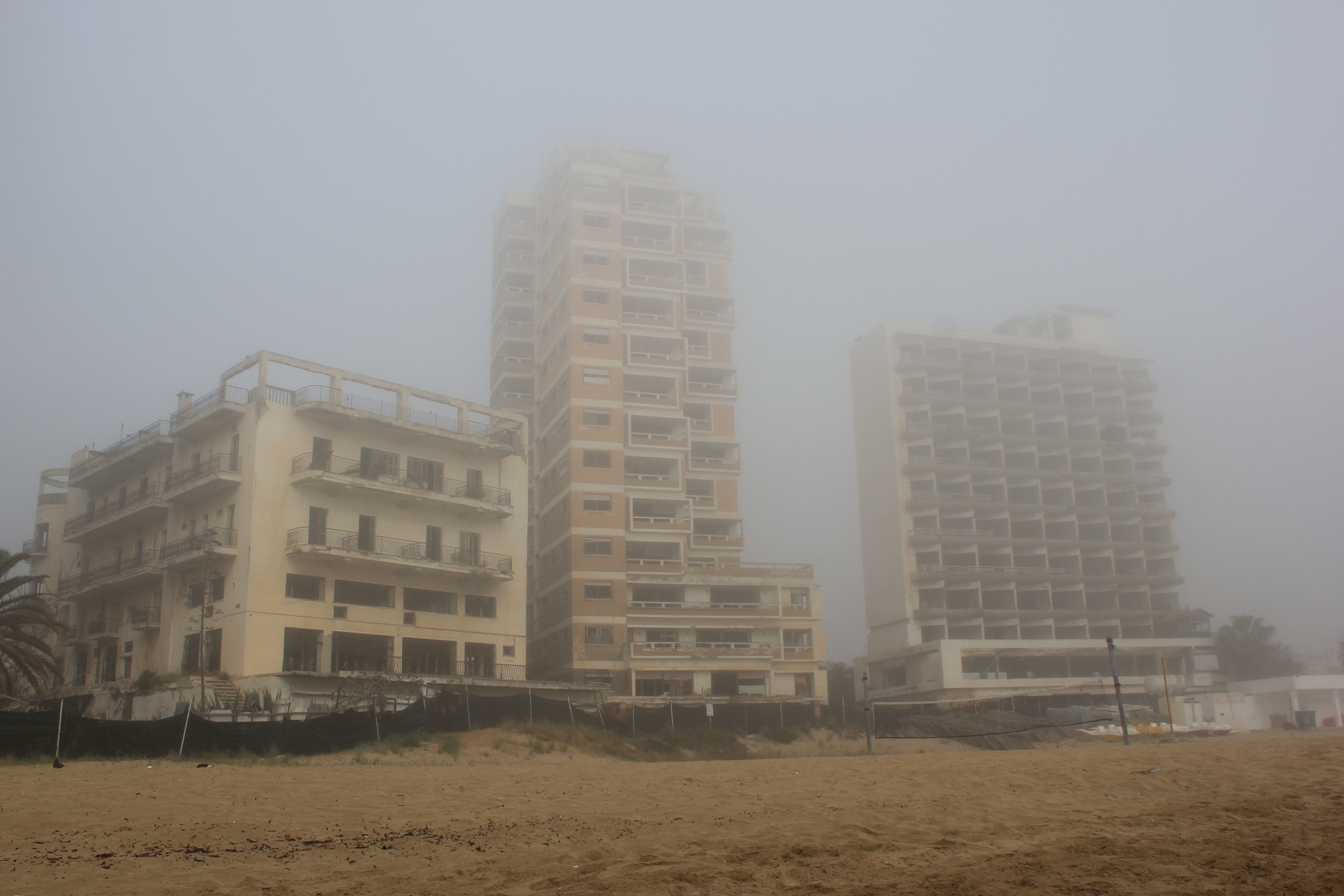
For Greek Cypriots, Varosha is a lost homeland—a place of childhood memories, family traditions, and deep emotional ties. The town features heavily in songs, books, and films that mourn the loss of a once-unified community. Annual marches and vigils are held by displaced residents, who keep the dream of return alive through stories and photographs. For Turkish Cypriots, Varosha represents a different kind of legacy: a symbol of the new realities created by the events of 1974 and the ongoing struggle for recognition. The contrasting narratives reveal how deeply Varosha is woven into the fabric of both communities’ identities. Activists and scholars argue that preserving Varosha’s history could help bridge the divide by fostering understanding and dialogue. Museums and art installations have occasionally been proposed to honor the shared past of both groups. The cultural weight of Varosha underscores the human cost behind political borders.
7. The Role of International Organizations

The situation in Varosha has drawn attention from international organizations for decades, each seeking a peaceful and just solution. The United Nations maintains a buffer zone around the town, with peacekeepers stationed nearby to prevent clashes. In recent years, UNESCO has expressed interest in protecting Varosha’s unique heritage, proposing its inclusion on the list of World Heritage Sites. Human rights groups continue to spotlight the plight of displaced people, urging respect for property rights and historical memory. The European Union has repeatedly called on all parties to avoid unilateral actions that could hinder peace talks. Despite these interventions, progress remains slow due to the lack of consensus between the Greek Cypriot and Turkish Cypriot authorities. International mediation efforts are ongoing, with renewed momentum since the partial reopening in 2020. The eyes of the world remain fixed on Varosha as a test case for conflict resolution and cultural preservation.
8. Tourism Potential of Varosha
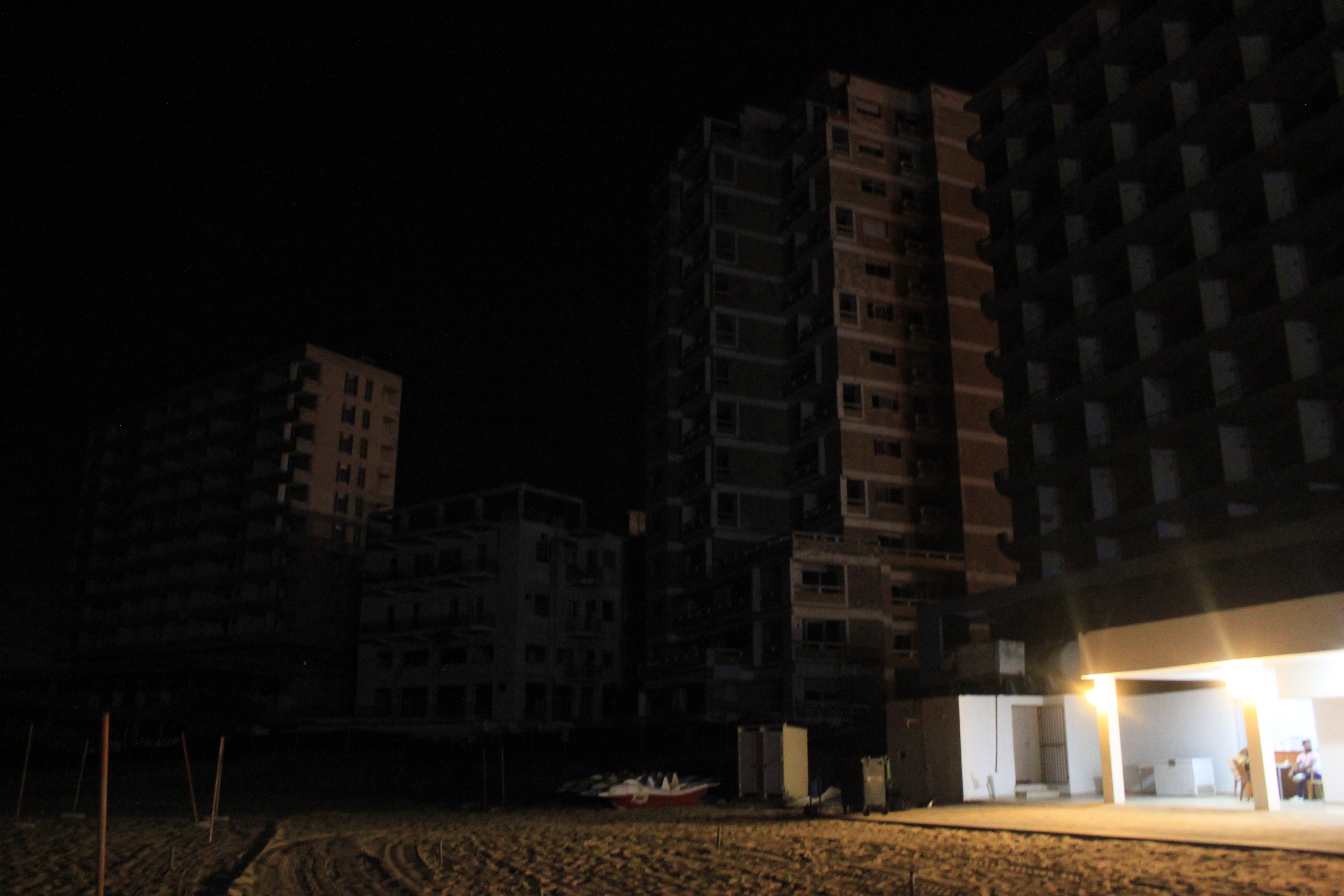
The haunting allure of Varosha’s empty hotels and silent streets has caught the attention of adventurous travelers and history buffs. Since the partial reopening, a small number of tour operators have started offering guided walks through the accessible areas, focusing on the town’s unique story. Visitors are often struck by the stark contrast between the breathtaking beaches and the decaying cityscape just meters away. Local businesses in nearby Famagusta hope that increased tourism can help revive the economy, but concerns about ethics and sustainability linger. Experts warn that careless development could harm both the fragile buildings and the new wildlife habitats that have emerged. Some see the potential for Varosha to become an open-air museum, attracting visitors from around the world while respecting its sensitive status. The challenge lies in balancing economic gain with the need for historical and environmental stewardship. As of 2025, tourism in Varosha remains a tightly controlled, yet growing, phenomenon.
9. Future Prospects for Varosha
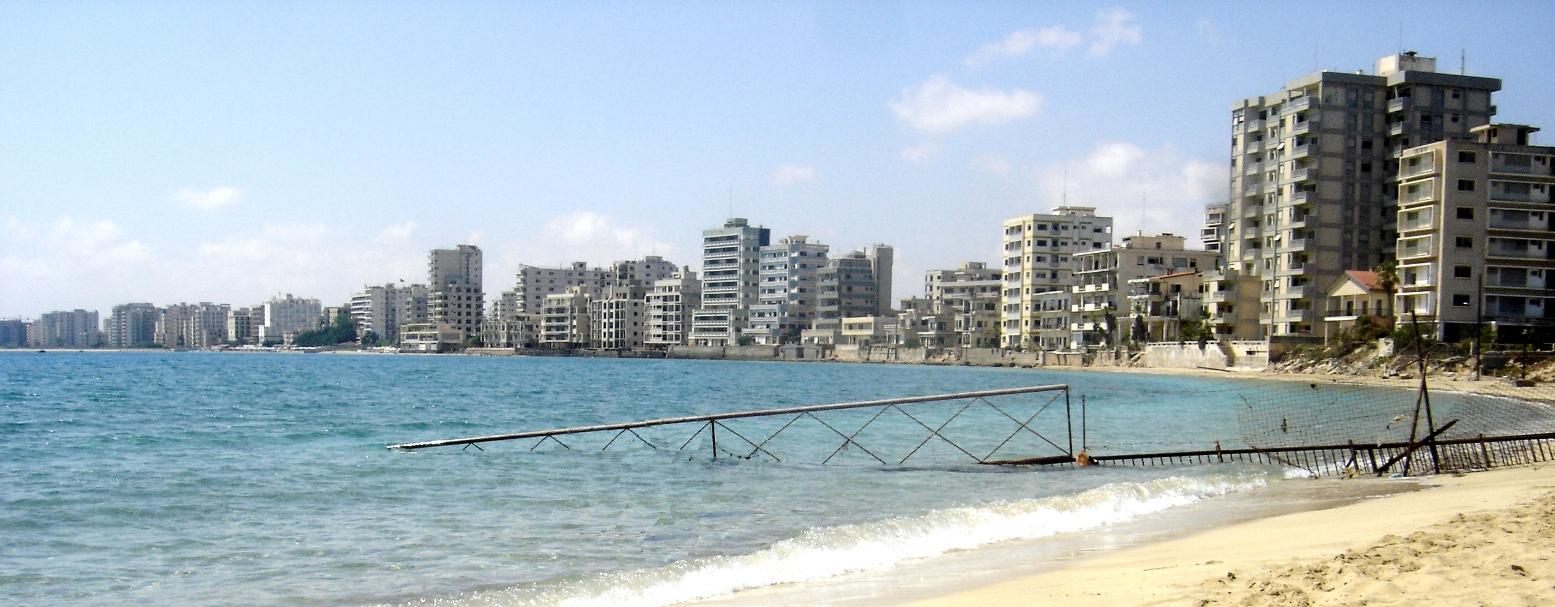
The future of Varosha is deeply tied to the broader question of Cyprus’s reunification and the rights of those displaced. Many former residents hope for a return to their homes, with property restitution at the heart of ongoing negotiations. Turkish Cypriot leaders have suggested new development projects, including luxury hotels and residential complexes, but these plans face stiff opposition from the international community and Greek Cypriot authorities. The United Nations continues to push for a comprehensive settlement that includes Varosha as part of a wider peace agreement. With each new round of talks, there is both hope and frustration, as progress is slow and setbacks common. Some experts believe that a collaborative restoration project could help bridge divisions and set an example for other post-conflict zones. As of 2025, no final agreement has been reached, leaving Varosha’s ultimate fate undecided. The town’s story remains suspended, waiting for the next chapter to unfold.
10. The Legacy of Varosha
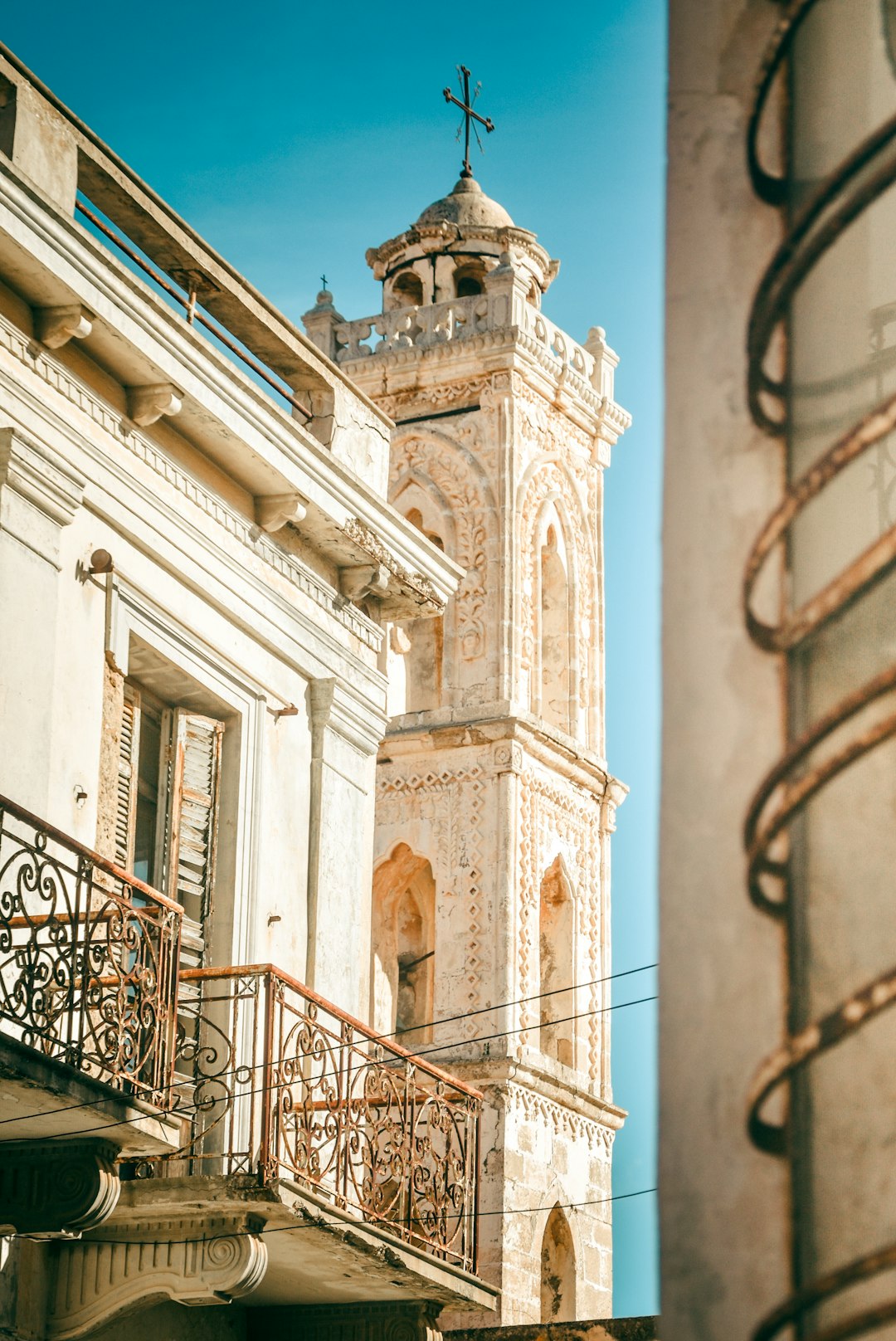
Varosha’s legacy is one of interrupted lives, lost opportunities, and the enduring hope for reconciliation. The empty streets and silent hotels are a daily reminder of the island’s divided past and the human costs of unresolved conflict. For many Cypriots, Varosha is more than just a place—it is a symbol of everything that was taken away, and everything that might still be restored. The ongoing debates about its future reflect broader struggles over memory, justice, and identity on the island. Every broken window and overgrown garden tells a story of resilience in the face of adversity. The world continues to watch, wondering whether Varosha will remain frozen in time or finally be allowed to live again. The answers may shape not only the destiny of a city, but the peace and unity of Cyprus itself.

